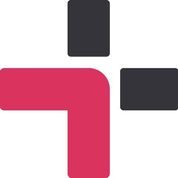Upside is a Performance Management System. Upside offers Employee Progress Tracking, On-going Performance Tracking, KPI Monitoring, Individual Development Plan, Employee Segmentation and many more functionalities.
Some top alternatives to Upside includes Built for Teams, Synergita, FlowyTeam, Kallidus Perform and Teamsy.
Yes, Upside provides API.
No, Upside doesn't provide mobile app.
Upside is located in London, United Kingdom
Upside offers Freemium, Subscription pricing models
The starting price is not disclosed by Upside. You can visit Upside pricing page to get the latest pricing.














